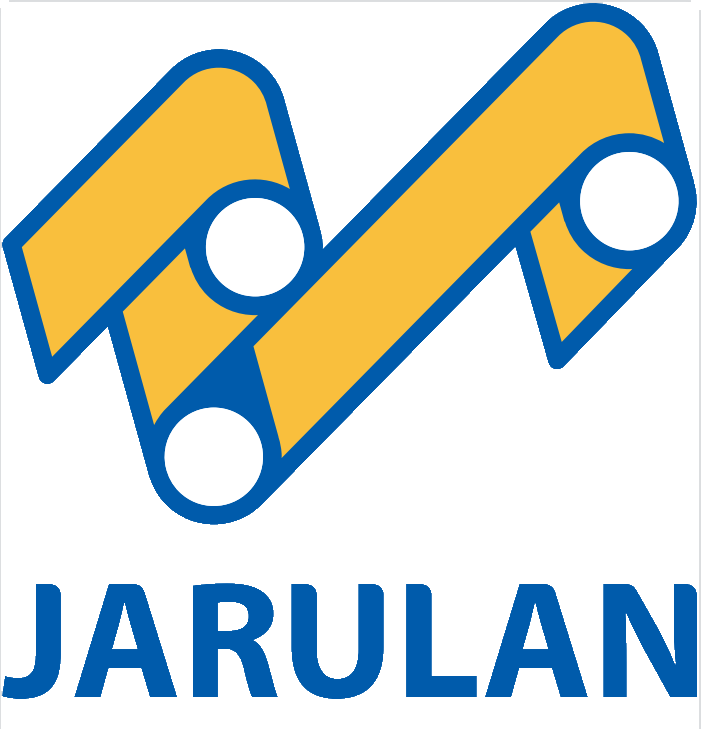فى السنوات الاخيرة, مع تحسين الميكنة الصناعية والأتمتة, وقد استخدمت سيور النقل على نطاق واسع في مختلف الصناعات. الحزام الناقل اقتصادي, مؤتمتة للغاية, يمكن أن تتكيف مع البيئة المحيطة, ويمكن تحسين كفاءة الناقل بشكل فعال.
الجزء الرئيسي من نظام النقل هو الحزام الناقل, ولكن بسبب الفشل المقدر للحزام الناقل, غالبًا ما تحدث عمليات إيقاف التشغيل. اليوم, شركة باودينغ جينغبو للمطاط, المحدودة. explained how to maintain the belt conveyor system from the perspective of inspection and maintenance to improve its service life. Analyze the reasons and explore countermeasures to reduce production costs and increase income-generating benefits.
So how to do the maintenance and maintenance of the conveyor belt?
1. The composition and classification of conveyor belts
Conveyor belt is a belt used for conveying materials installed on a conveyor. It consists of three parts:
Conveyor belt core: Provide the necessary tensile strength, absorb the impact of the conveying material, and provide the required longitudinal and transverse rigidity.
Conveyor belt core layer rubber: the high bonding strength between the skeleton fabric or the steel wire rope makes the belt have good integrity and possible flexibility.
It is the top layer of the belt: protects the skeleton, transmits power and conveys materials, resists wear, impact, corrosion, heat resistance, acid resistance, increases traction and control materials to meet the role of conveying different materials.
2. Regular inspection and maintenance of conveyor components
Bearing point: The bearing point is the vulnerable part of the conveyor belt. Conveyor belt speed, material block direction and impact force are important factors that affect conveyor belt transportation. The width of the receiving end of the loading slot should be large enough.
Cleaning: Keep the surface of the roller and idler clean, and keep the return roller and buffer roller clean. The belt is clean when it enters the return operation.
Roller: The roller rotates flexibly, and the adhesion on the roller is removed in time.
Upper and lower rollers: Should meet the management requirements of rollers and butter, repair or replace damaged rollers in time.
Tensioning device: Check whether the tensioning device can move, the stroke size, the sliding condition of the guide frame is good, regular oil filling, and check the cover plate set in the tensioning device to prevent the material from falling in.
Conveyor belt: Check the conveyor belt regularly. If there is early damage to the rubber sleeve and belt edge wear, it should be removed in time.



